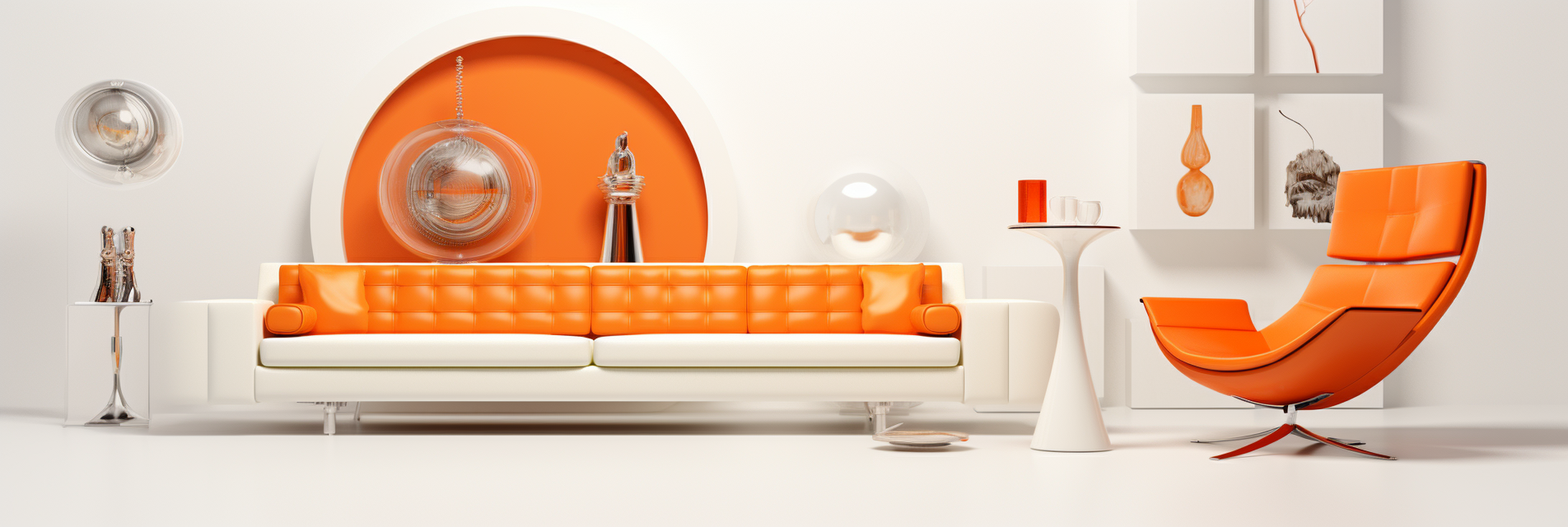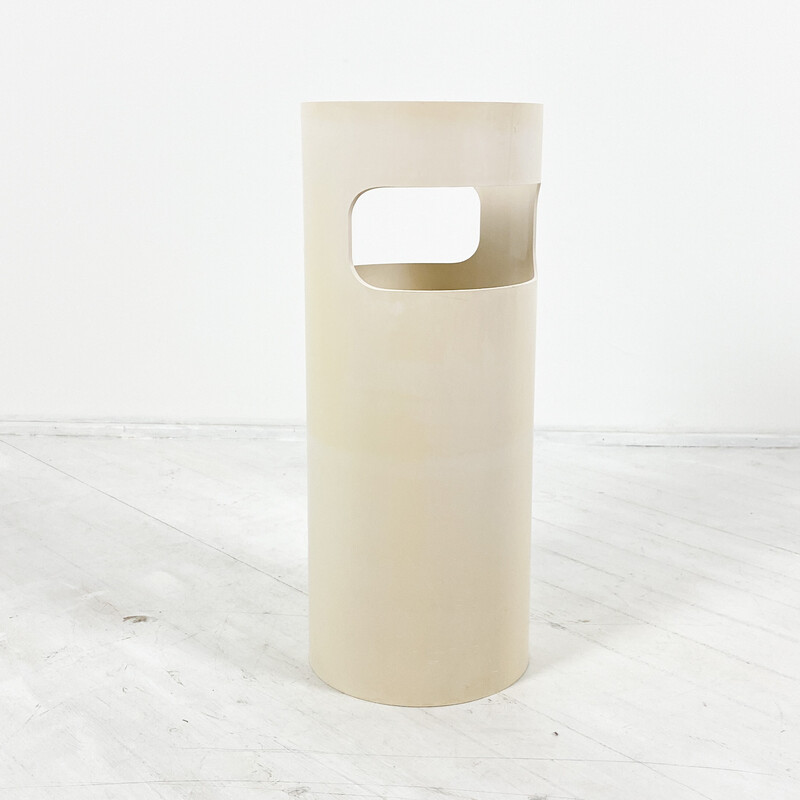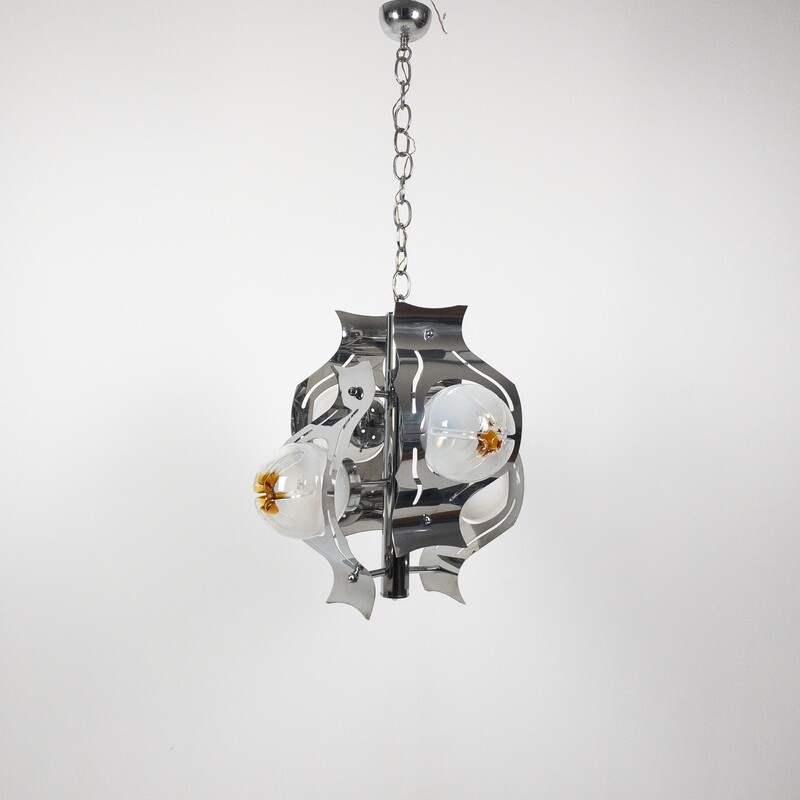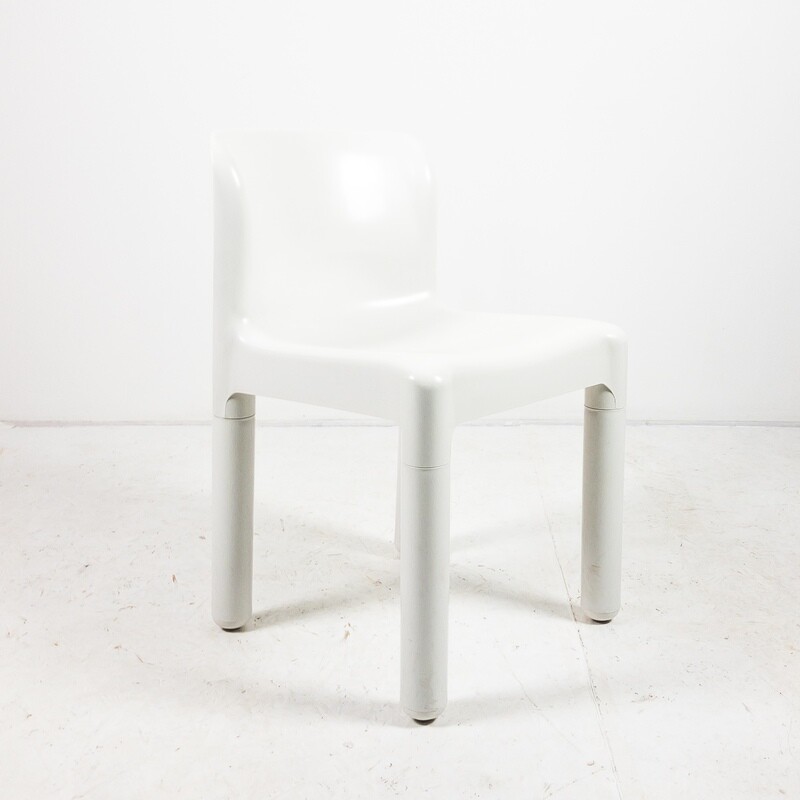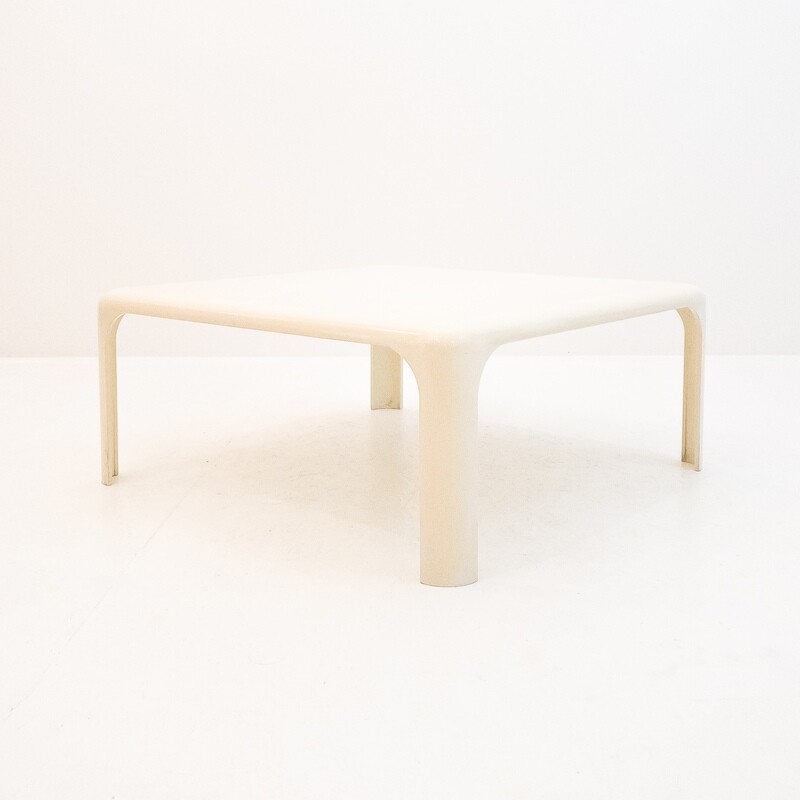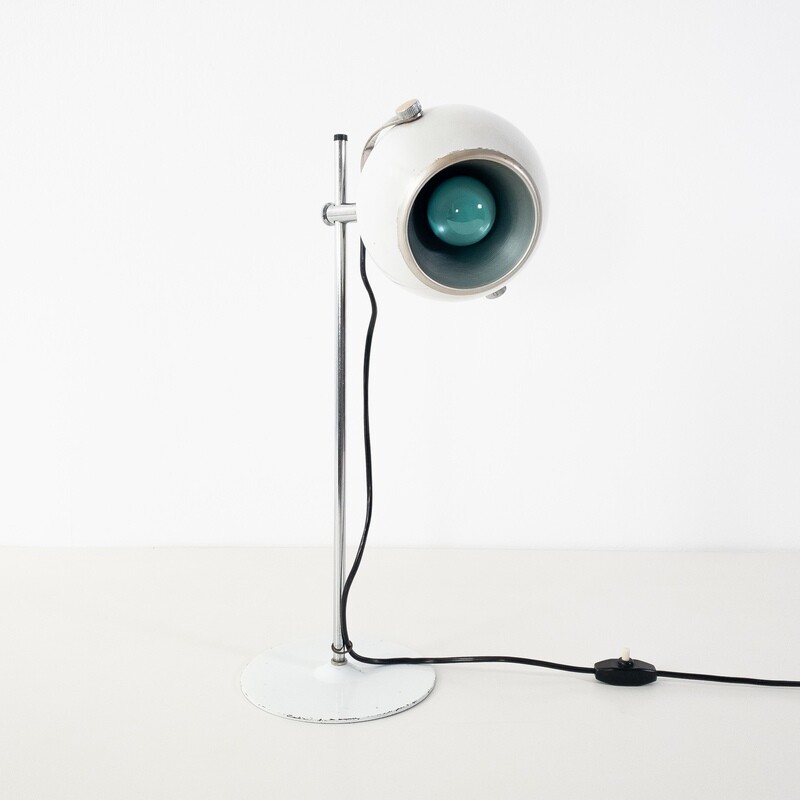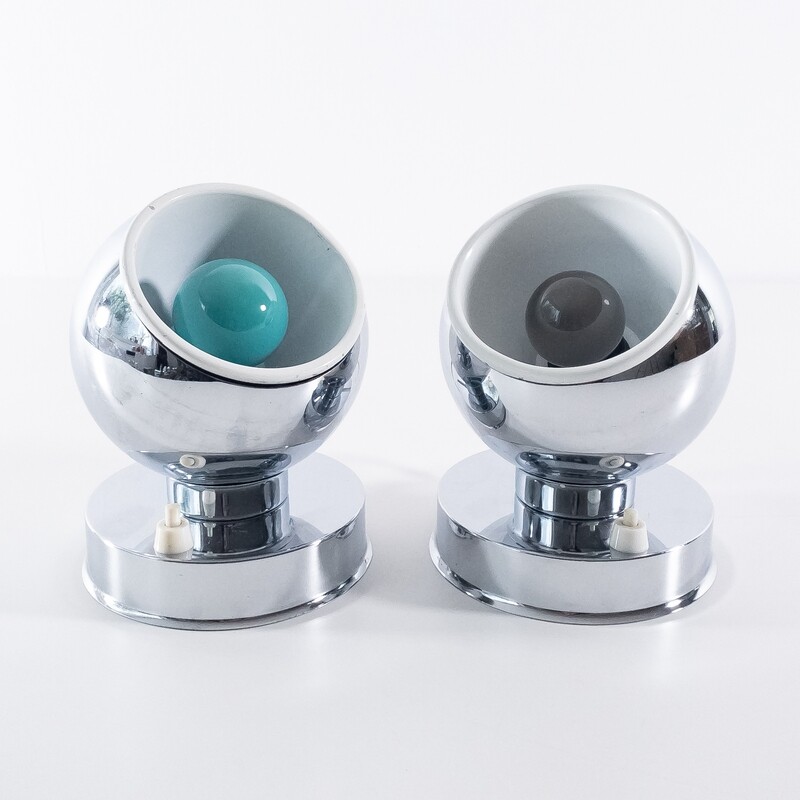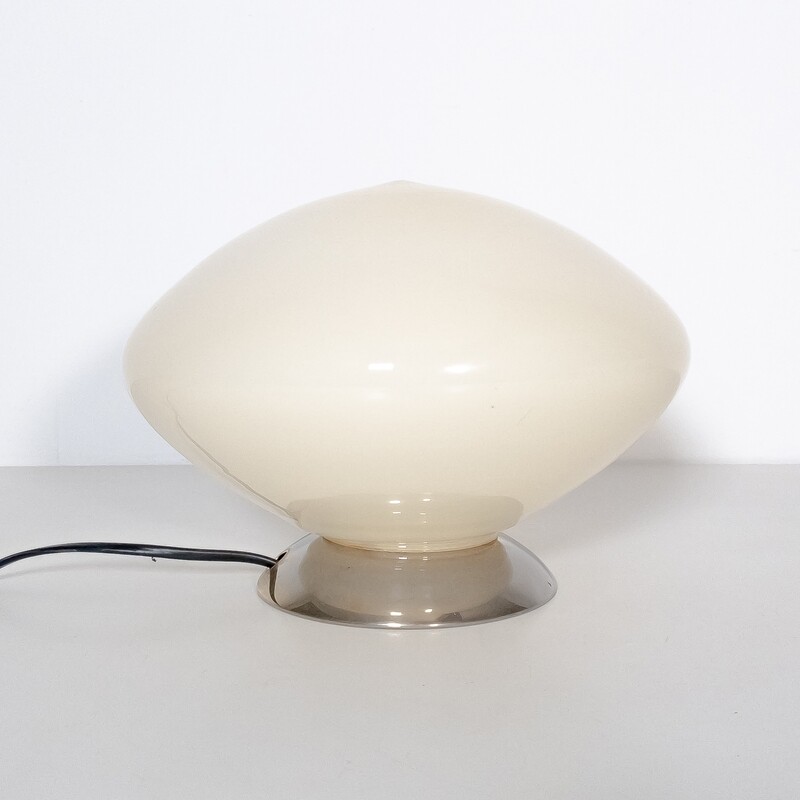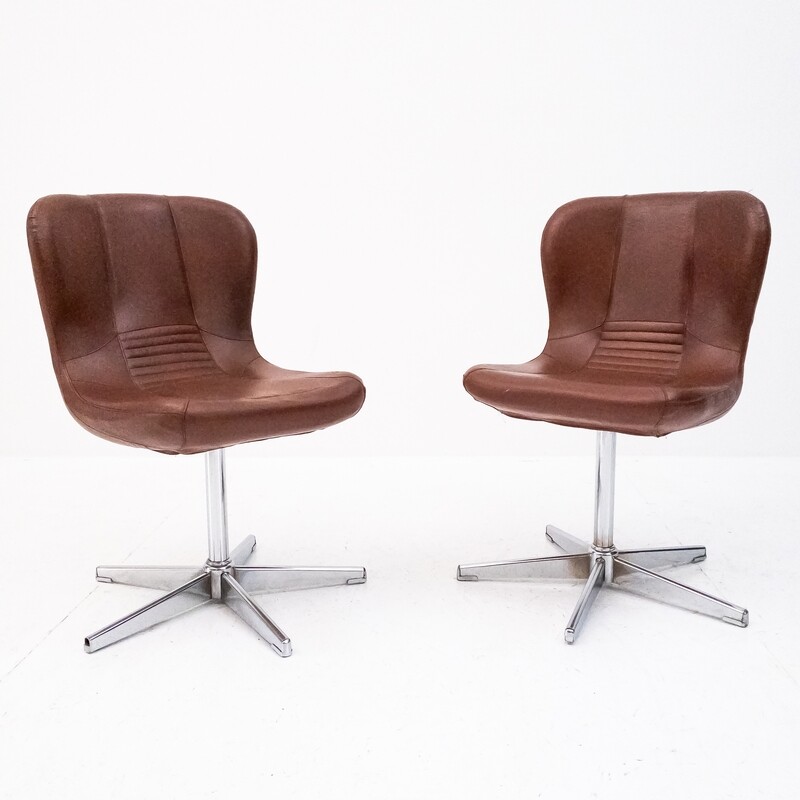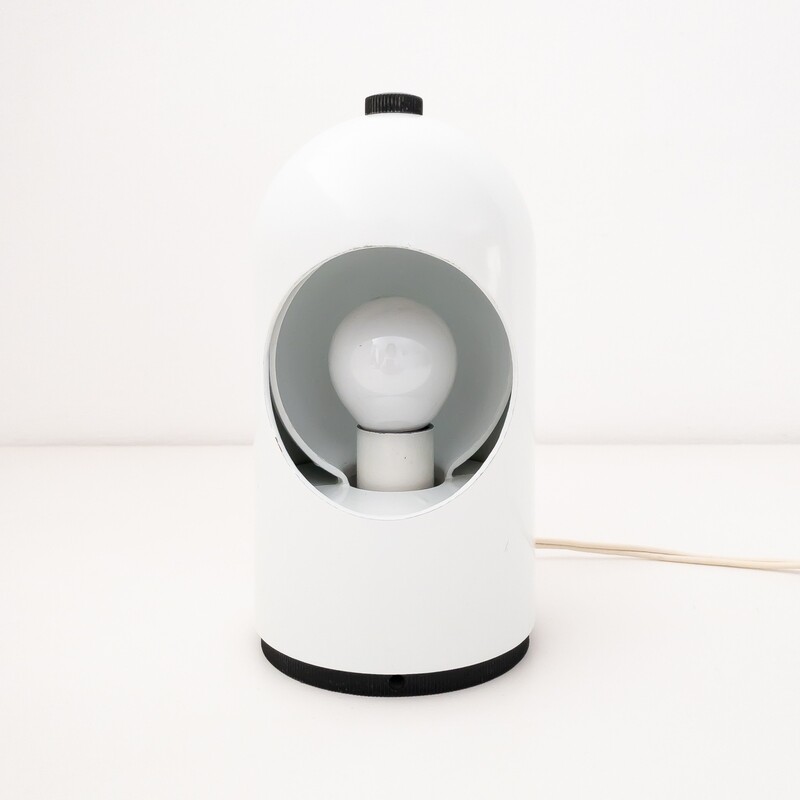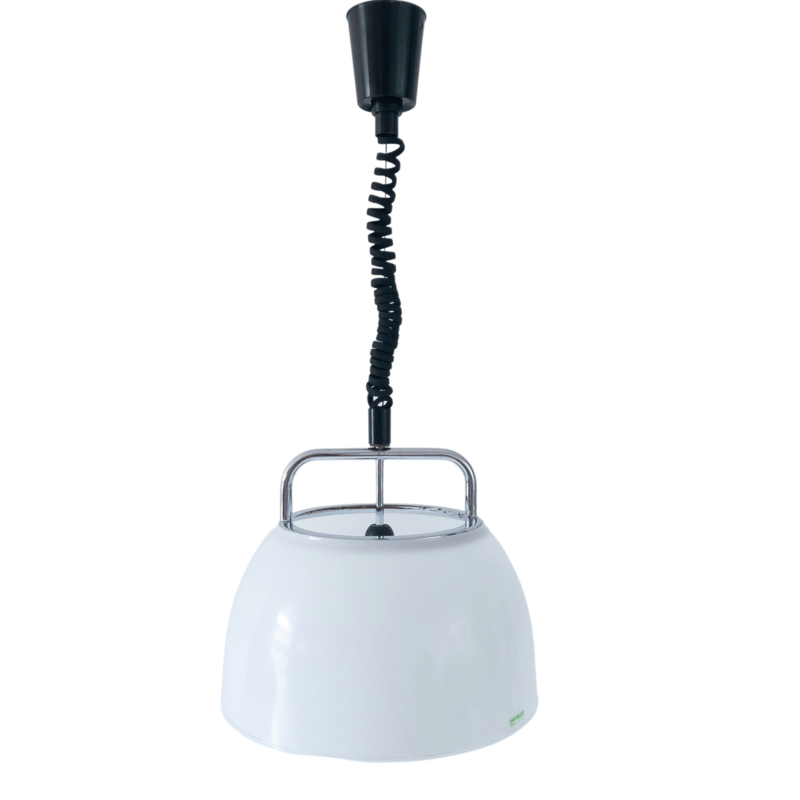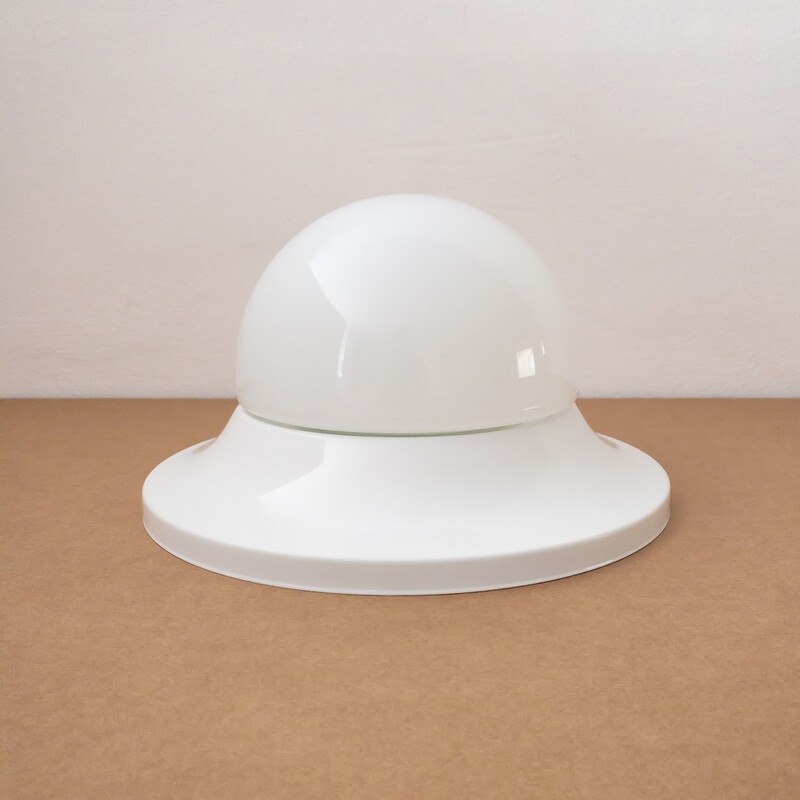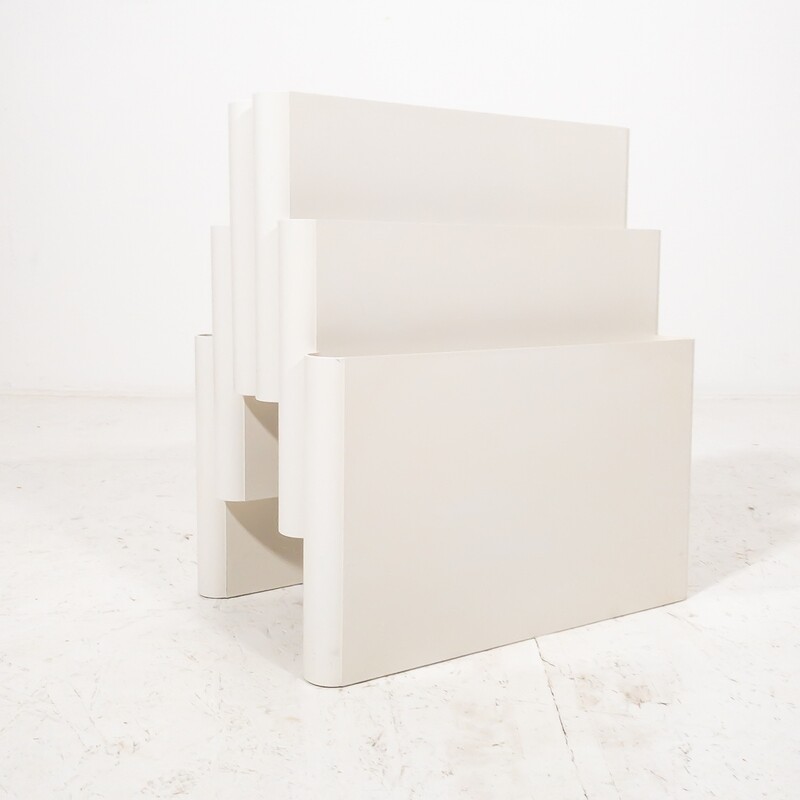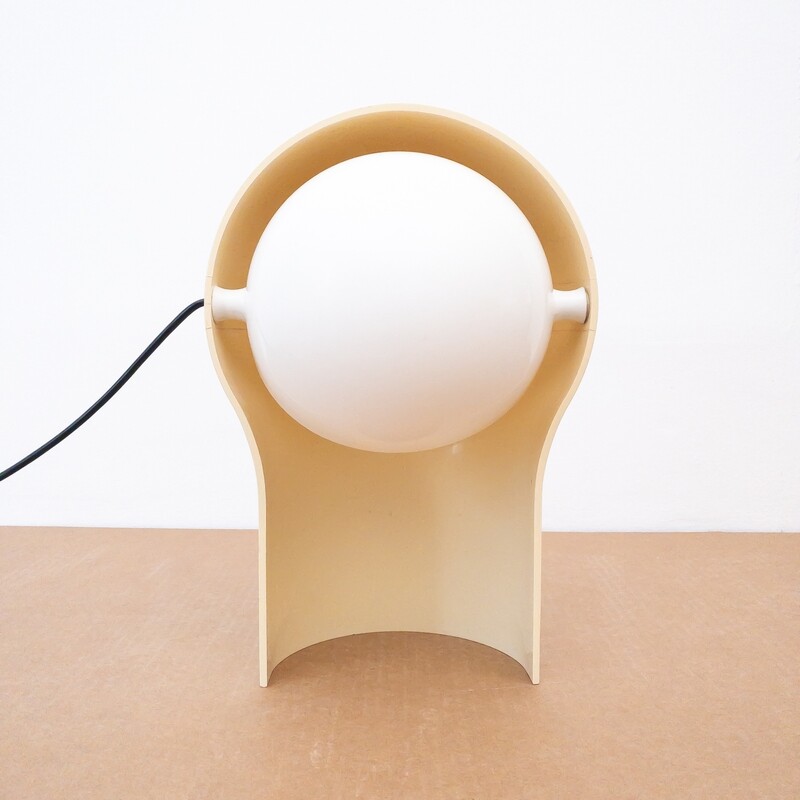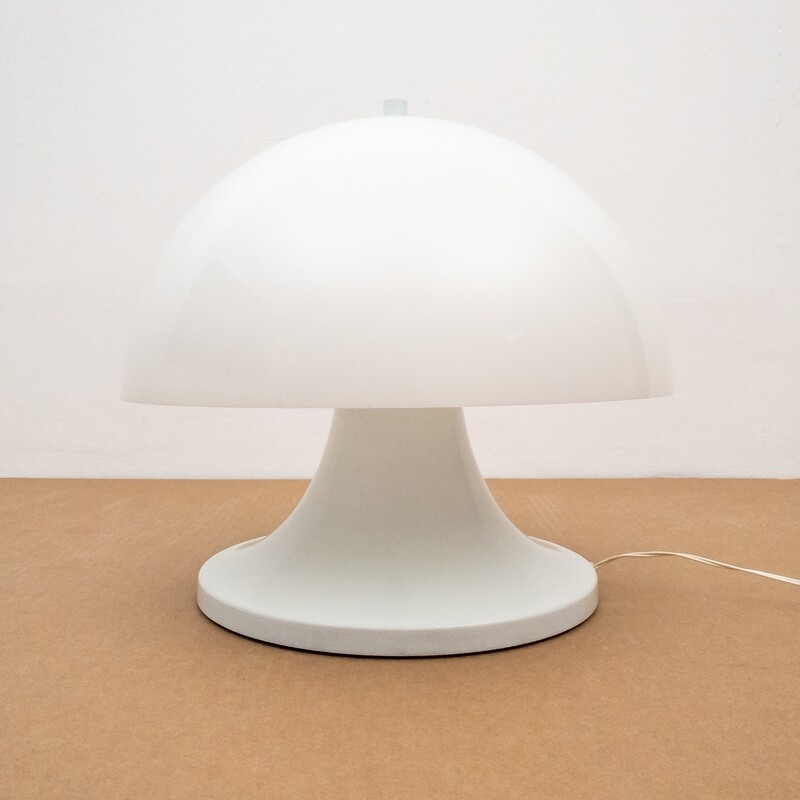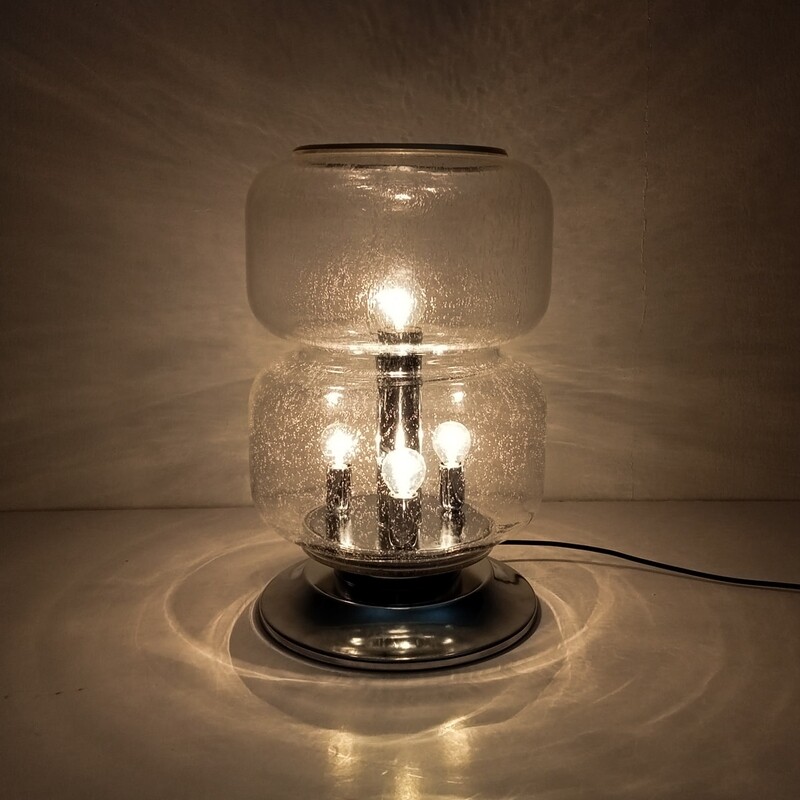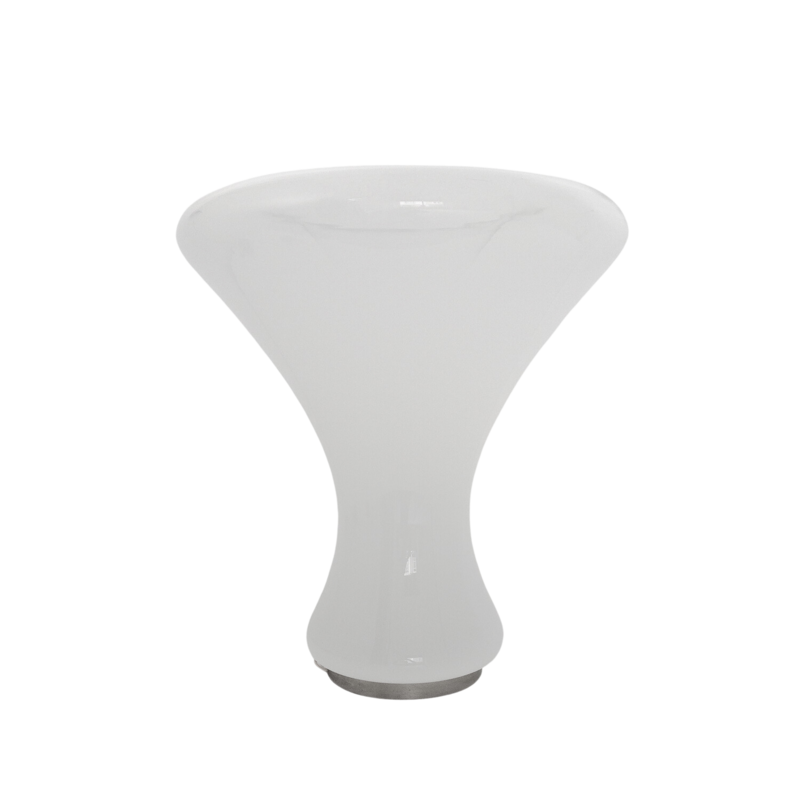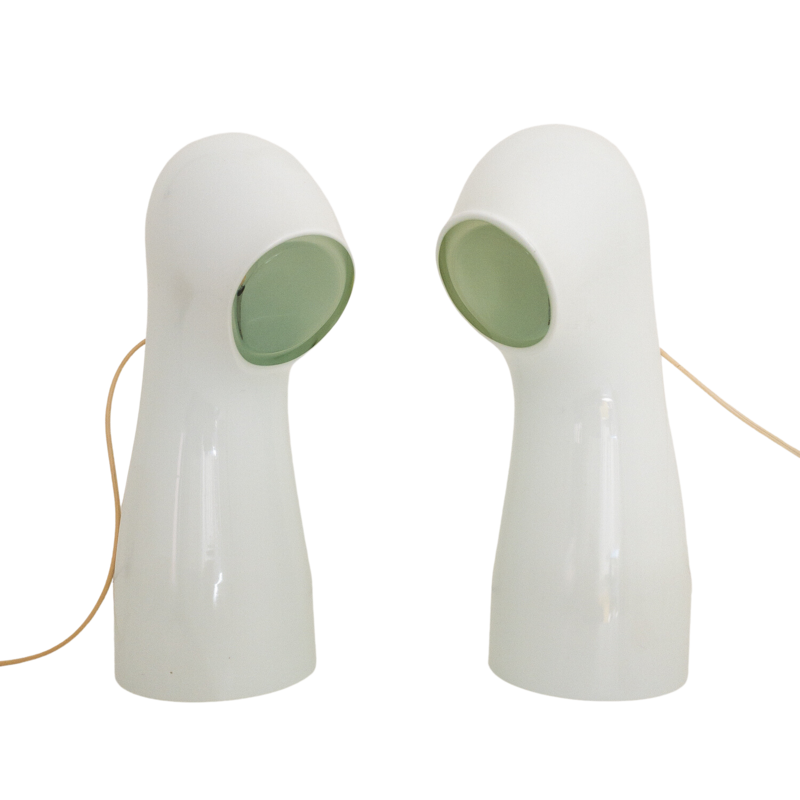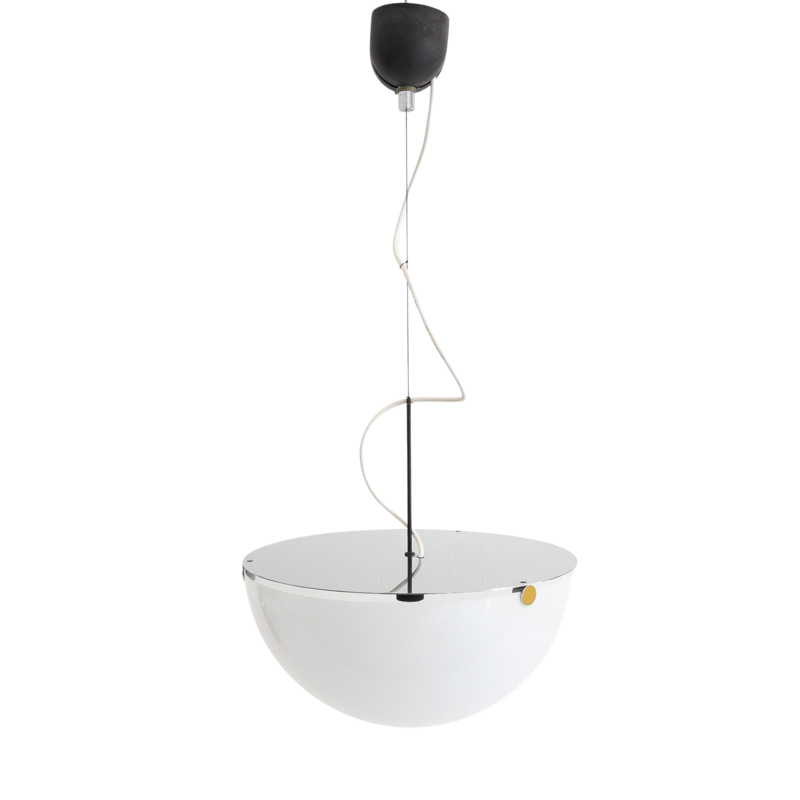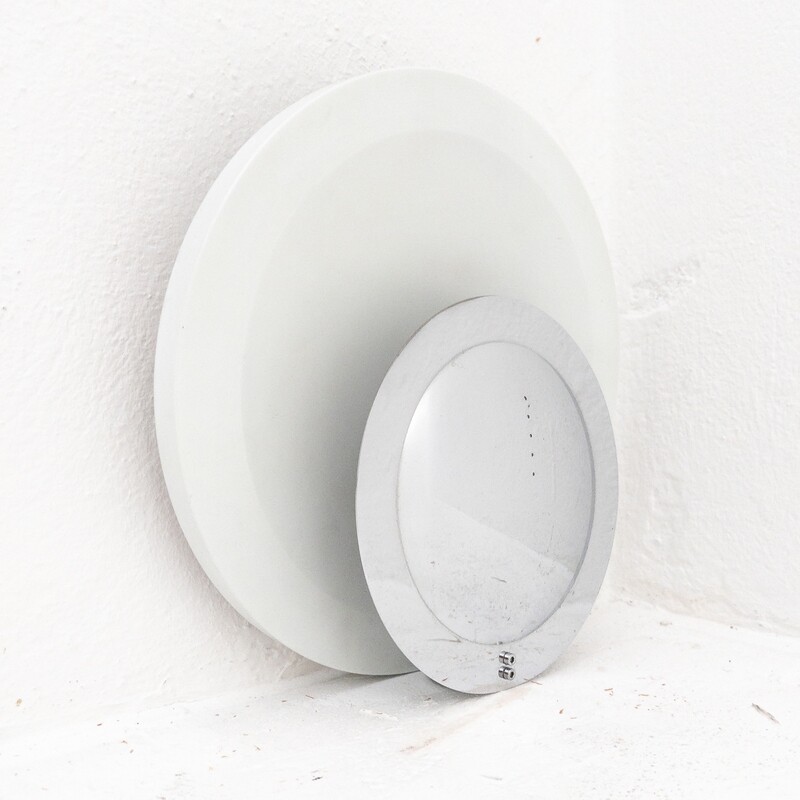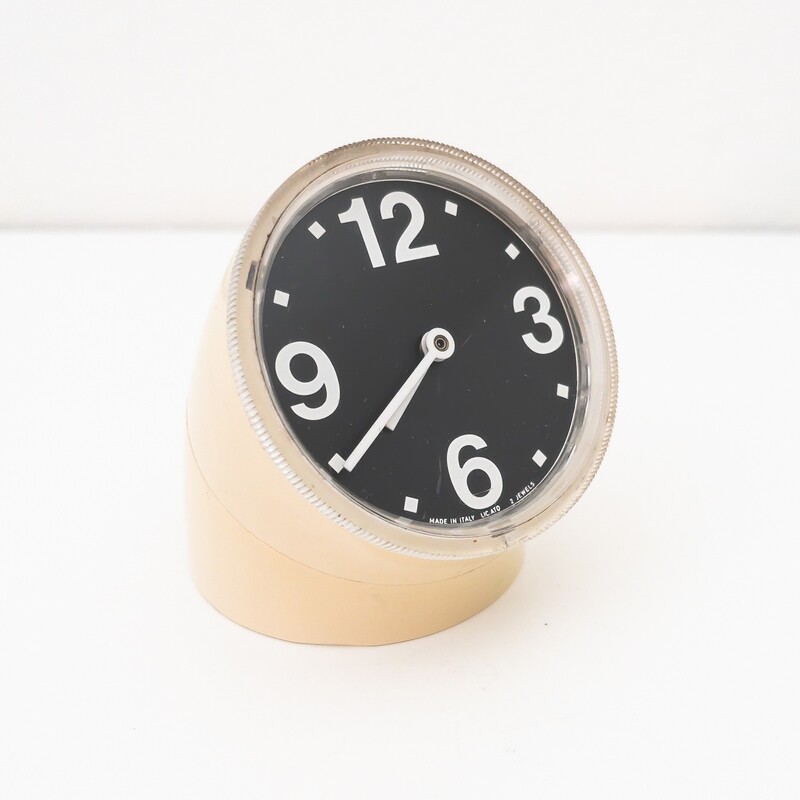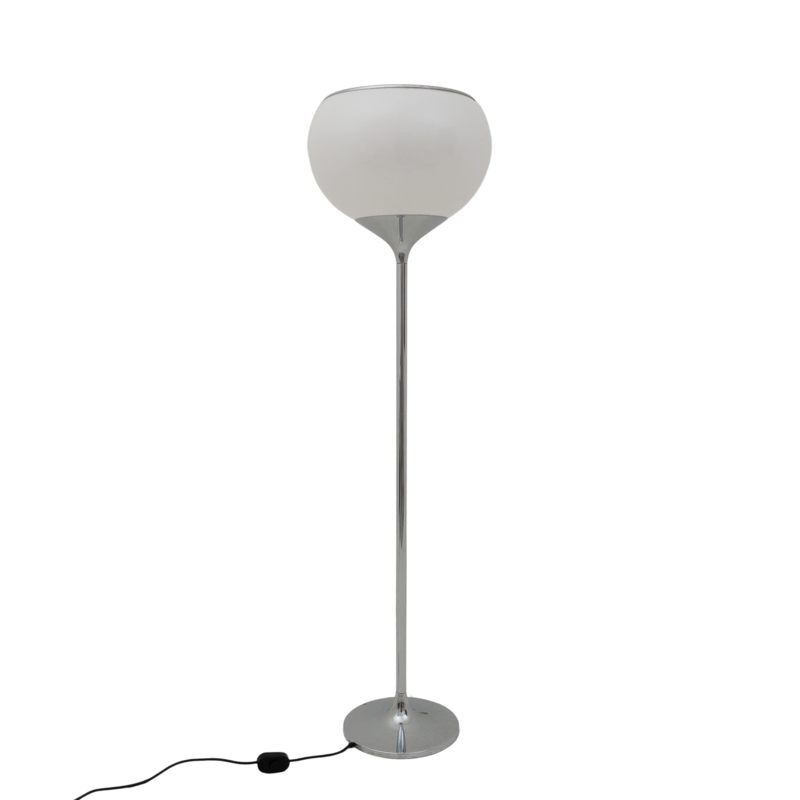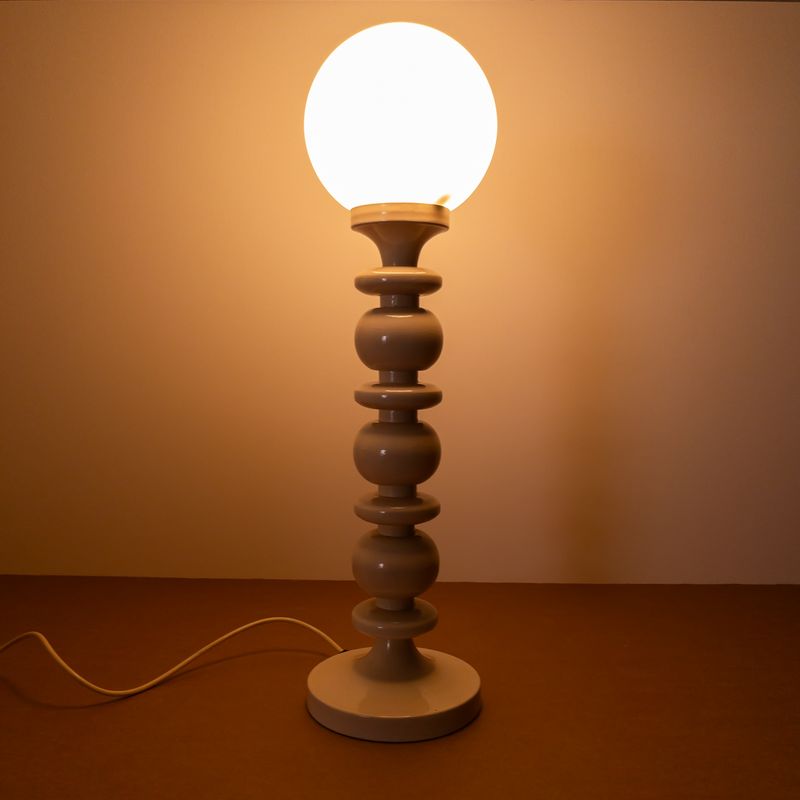

Loft46
In Loft46 puoi trovare arredamento, oggetti di design contemporaneo, vintage e modernariato.
Space Age
Exploring the Space Age: A Journey Through Innovation and Design
The Space Age style of the 1970s was a revolutionary and futuristic design movement, emerging from the era's fascination with space exploration and technological advancements. This style marked a significant departure from traditional design, embodying a vision of a high-tech future with its bold embrace of new materials and innovative forms.
Futuristic shapes and forms were a hallmark of the Space Age style, with furniture and decor items often resembling objects from a space station or a sci-fi movie. These designs frequently featured geometric shapes such as spheres, ovals, and ellipses, alongside asymmetrical and organic forms, reflecting the era's obsession with space and the unknown.
The use of innovative materials was predominant in this style, with plastic being particularly favored for its versatility and futuristic appeal. Other materials like chrome, glass, and Lucite were also popular, contributing to the sleek and modern aesthetic. These materials were often molded into fluid, continuous forms, breaking free from traditional design constraints.
The color palette of the Space Age style was diverse and bold, ranging from neutral whites and silvers to vibrant hues like orange, red, and green. Glossy finishes and metallic sheens were common, adding to the futuristic vibe of the design.
Inspiration from technology and scientific advancements played a crucial role in shaping the Space Age style. Design elements often resembled satellite dishes, antennae, and other space-related equipment, reflecting the era's optimism about the future of technology.
Integrated lighting was a key feature in Space Age interiors, with lamps and fixtures featuring unconventional shapes and often being integrated into the furniture and other design elements, creating an immersive and otherworldly atmosphere.
Lastly, functionality was not overlooked, with furniture often boasting modular designs for flexibility and adaptability in interior spaces. This practical aspect was skillfully balanced with an aesthetic that prioritized sleek, streamlined appearances, making the Space Age style a symbol of the era's aspirations and dreams about the future.
